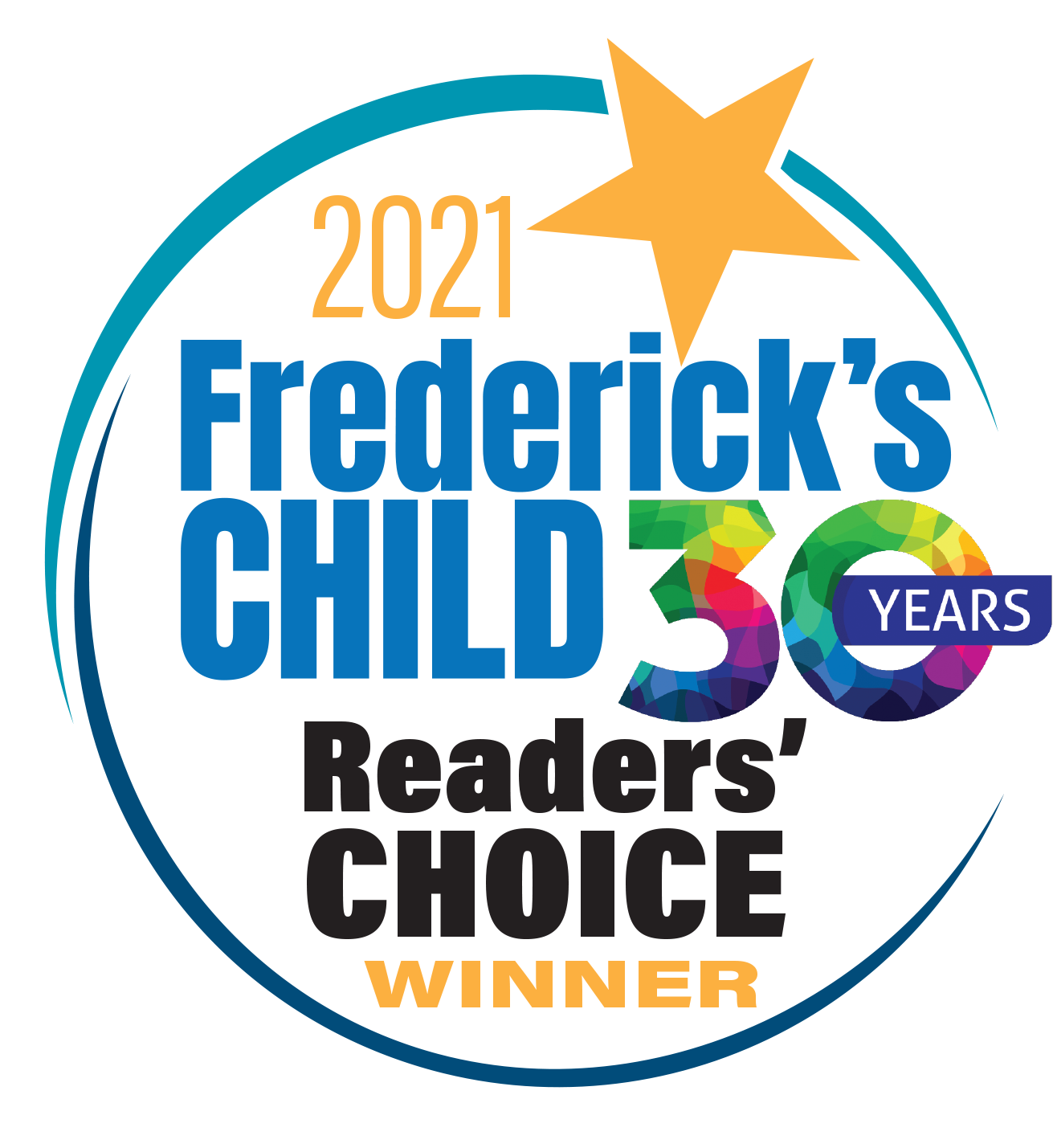
Kids love getting messy. They’re mini magnets attracted to mud puddles, glitter, and anything squishy that parents worry will never come out of the carpet. Yet, getting messy through play introduces activities to little ones that shape their development in infancy and beyond.
What is messy play?
This hands-on, open-ended style of play allows children to explore their environment, textures, and materials in a less structured way. Jumping in mud puddles, making slime, and creating Picaso-like murals with sidewalk chalk allow children to learn at their own pace while having fun. Unlike playing with toys with a specific purpose, like a puzzle or a coloring book, messy play offers a multisensory experience with no limits except for the imagination.
Why is it important?
A favorite activity in the field of occupational therapy, the benefits of figuring out how things work and encouraging creative thinking in young children decrease tactile sensitivity and increase cognitive development. “Feeling” and “seeing” the world help them understand it better. Problem-solving, language development, math and science skills, social-emotional skills, and imagination take root for a lifetime of learning. The earlier parents and caregivers provide sensory-stimulating activities, the sooner kids connect with the world around them in a stress-free, fun-filled way that builds self-confidence. Messy play also lays the foundation for essential life skills and acts of self-care for children of all ages as they continue to grow.
What are the benefits?
A kid’s job is to play. It engages their senses––touch, sound, sight, smell, and taste––and sends signals to the brain to ignite cognitive and creative development by leaps and bounds. Opportunities to fine-tune eye-hand coordination and fine motor skills––lifting a spoon to the mouth or making scribbles with crayons on paper––help shape skills like cooking or writing your name. Vocabulary building and learning the art of conversation are also critical to early childhood education. Take advantage of the time during messy play to ask children open-ended questions about what’s happening before their little eyes, like:
- “Tell me about what you’re doing?”
- “What do you think will happen when we mix the blue and yellow paint?”
- “How do you think that works?”
- “What happens next?”
These conversation starters make a difference in nurturing concentration, storytelling, and problem-solving skills.
What if my child doesn’t like things that are sticky or messy?
Start by introducing them to objects that will not stick to their hands, like cereal, building blocks, or stackable cups. Next, let them play with things that brush off easily, like sand. You could also model how easy clay and dough wipe off hands, then allow them to try washing their hands independently. Playing near a sink, having a tub of wipes, or a bucket of soapy water nearby will enable them to clean their hands and continue participating without stopping the activity altogether. Lean on your child’s other senses to engage them as a starting point by noting what something smells like, if it makes any sounds, and, with edible items, comment on the taste to help them feel confident that it’s okay to explore.
A few of our favorite ways to messy play
Enjoy the great outdoors: The world is a playground at your fingertips. Head outside to collect leaves, chase butterflies, feel raindrops on your face, and talk about the sounds you hear. Washing the car and helping in the garden teach children to take care of our things and be good stewards of the earth.
Bath time: Make time in the tub for some good fun. Add cups to fill, pour, and empty. Talk about which items sink or float. Discuss how the water temperature changes from warm to cool. Washcloths are fun to play peek-a-boo with and strengthen little hands by wringing them out.
Mealtime Magic: Spending time around the table with your children models conversation, active listening, and allows them to utilize all of their senses while enjoying a meal. When cooking, let children help crack eggs, measure spices, and stir mixes. The feeling of accomplishment they’ll have will accompany great conversations about nutrition, measuring, and following recipes.
Fun Trays: Whether filled with sand, Cheerios, or shaving cream, sensory trays keep kids engaged. Remember, babies put everything in their mouths, so be sure to choose age-appropriate items. There’s no need to make a huge investment: plastic tubs and large storage container lids work great. Sand and small figures, dried pasta and beads, anything and everything orange, ingredients for edible dough: let your imagination–and theirs–run wild with everything from shredded paper to watching toys frozen in ice melt. One of our favorite fun tray items is Oobleck, and you may have all the ingredients you need to make it in your pantry. Mix 1½ cups of cornstarch, 1 cup of water, a tiny drop or two of food coloring, and let little hands help you mix. Oobleck is not liquid, not quite solid, yet it is loads of fun to play with and easy to clean up.
If you have questions or concerns about how your child interacts and participates during play, Basal Therapies is here to help you make the most out of playtime with the little ones you love.









